Warship Wednesday, June 12, 2024: Good ol’ Walrus Skull
Here at LSOZI, we take off every Wednesday to look at the old steam/diesel navies of the 1833-1954 period and will profile a different ship each week. These ships have a life, a tale all their own, which sometimes takes them to the strangest places.- Christopher Eger
Warship Wednesday, June 12, 2024: Good ol’ Walrus Skull
Above we see the humble little inspektionsskibet (inspection ship) Ingolf of the Royal Danish Navy at anchor in Umanak (Uummannaq), Greenland in the summer of 1934, some 90 years ago.
She was a brawler for her type and task, and if you look closely at the front of her wheelhouse, you just may see her unofficial ship’s mascot, a walrus skull.
Meet Ingolf
Ingolf was ordered in 1932 with inspiration drawn from the large inspection ship Hvidbjornen (1,050 t, 196 feet oal, 2x87mm, 1 aircraft, 14 knots, circa 1928).

Hvidbjørnen with Heinkel HM 8 seaplane abord. Ingolf would be about 20 feet longer, a little faster, and with a more powerful battery of 4.7-inch guns. THM-18978
Our subject’s name comes from the Old Norse name Ingólfr, meaning the wolf of the king Yngvi. The Dane had previously used the name several times, most recently for an iron-hulled sail-rigged steam schooner cruiser (skonnert-krydseren) that, commissioned in the 1870s, had spent the last two decades of her life as a training ship and polar exploration/survey vessel before retiring in 1926.
It was (and is) a popular boy’s name, including for use in the Danish royal family.

A young Prince Ingolf of Denmark, shown with Danish Guards. Currently titled as Count Ingolf of Rosenborg, he is a grandson of Danish King Christian X and twice great-grandson (through both his mother and father’s lines) of King Frederik VIII of Denmark.
Constructed in Copenhagen at Orlogsværftet, the Danish naval shipyard, Ingolf was officially a fishery protection vessel intended for service off Greenland, Iceland (a Danish dependency until WWII) and the Faeroes Islands. However, she was a decent little gunboat by any measure.
With some 1,180 tons standard displacement, she ran 213 feet overall with a tubby (roughly 6:1 ratio) 35-foot beam and the capability of floating in just 16 feet of water. Powered by two Thornycroft boilers driving a VTE engine, she could make 16.5 knots on a single screw.
Her main battery consisted of a pair of 4.7-inch P.K. L45 M.32 mounts in shielded turrets fore and aft, a single 57mm L40 M.1885 gun, two 20mm/56 Madsen Rek. K. AAA guns, and two 8mm Madsen light machine guns.

Ingolf in Greenland in the summer of 1936, one of her 4.7-inch mounts being cleaned. Note the light shield of the mount and the fatigue coveralls of her crew, along with the wooden deck. THM-21466

The 57mm gun was typically used for saluting and “shots across the bow,” saving the 4.7-inchers for “war use.” THM-19102

The same model 57mm gun, dating back to the 1880s, was used by the Icelandic Coast Guard on their cutters until the early 2000s. THM-18893
The crew was just 66 men, of which a light platoon-sized landing/survey party could be spared for work ashore in her remote patrol area. The ship carried several whaleboats and survey ships for the task.
Amazing for her size, she was designed from the outset to carry an armed floatplane, which would be craned off and on for operations. More on this later.
Going well beyond Hvidbjornen, when compared to the five other Danish G-I-F fisheries protection/survey flotilla vessels that routinely sailed from Denmark to patrol those waters– Hejmdal (705 t, 175 feet oal, 2x75mm, 13 knot, circa 1935), Beskytteren (389 t, 143 feet oal, 1x57mm, 2x37mm, 11.8 knots, circa 1900), Hejmdal (817 t, 174 feet oal, 2x75mm, 12 kts, circa 1935), Islands Falk (730 t, 183 feet oal, 2x75mm, 2x47mm, 13 knots, circa 1907) and Freja (322 t, 124 feet oal, 2x75mm, 10 knots, circa 1938)– Ingolf was by far the largest, fastest, and strongest of the lot.
It was also intended to use her as a kadetskib, or school ship for naval cadets, a role her old schooner cruiser namesake had often filled.
Commissioned on 23 April 1934, he had an almost idyllic life, at least until 1939.

Ingolf in the North Atlantic, summer 1936. The little round bottom boat, with her low speed and 6:1 length-to-beam ratio, must have been a zesty ride in high seas. THM-21440
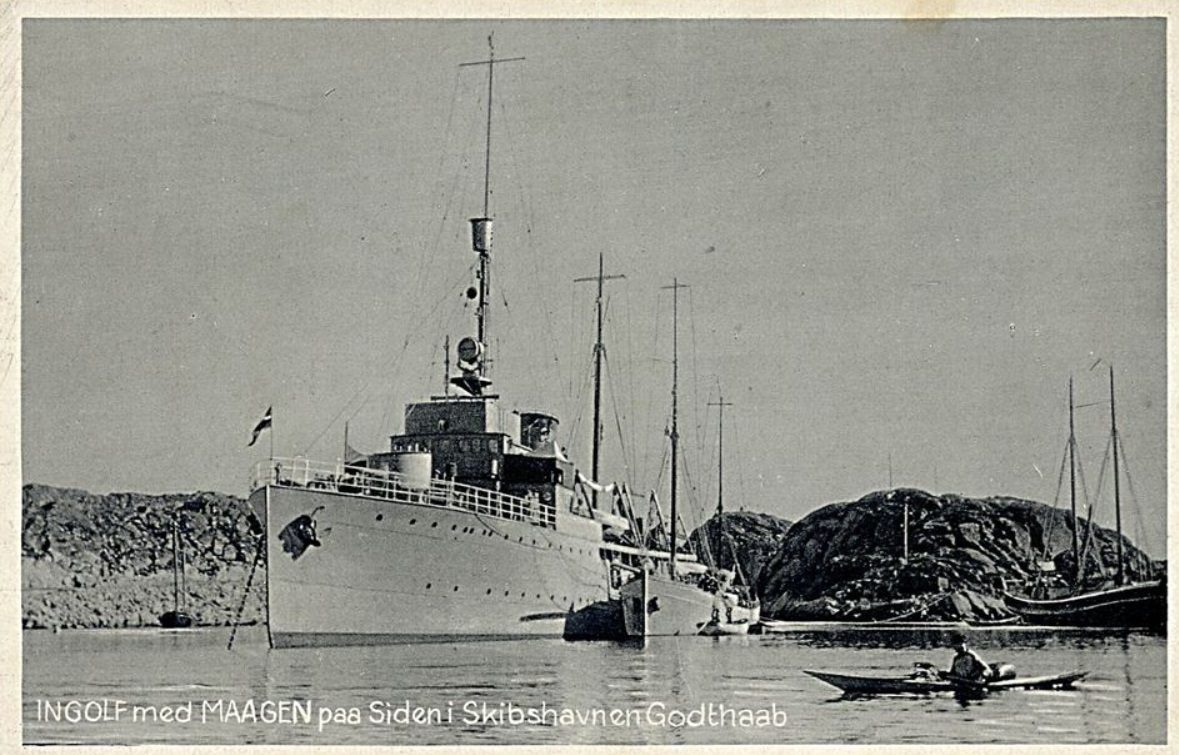
Inspektionskibet Ingolf and Maagen at Godthaab. Maagen (110 t, 71 feet oal, sail/diesel 8 knots, 1x37mm gun) was one of several small twin-masted light draft vessels classified invariably as an inspection cutter (inspektionskutter) or orlogskutter (naval cutter) that were permanently deployed to Greenland, Iceland, and the Faeroes used for inspection, coastal survey, and civil administration, typically with a single officer, a CPO, and 6-8 enlisted, often locals. They would steam with the larger Inspektionskibet whenever in the area and perform such yeoman tasks as towing targets during gunnery exercises.
Aircraft
Throughout her service, Ingolf and her smaller OPV companion, Hvidbjornen, would carry two types of light scout or torpedoflyet (torpedo-carrying) aircraft.
The first of these was the Heinkel H.E.8, of which the Danish Marinens Flyvevæsen bought (8) or built from kits (16) two dozen between 1928 and 1938. Classed by the Versailles-restricted Heinkel as two-seat “mail planes” they were easily modified to carry two Madsen light machine guns (one fixed forward-firing, one flexible) and eight hardpoints for small 28-pound bombs.
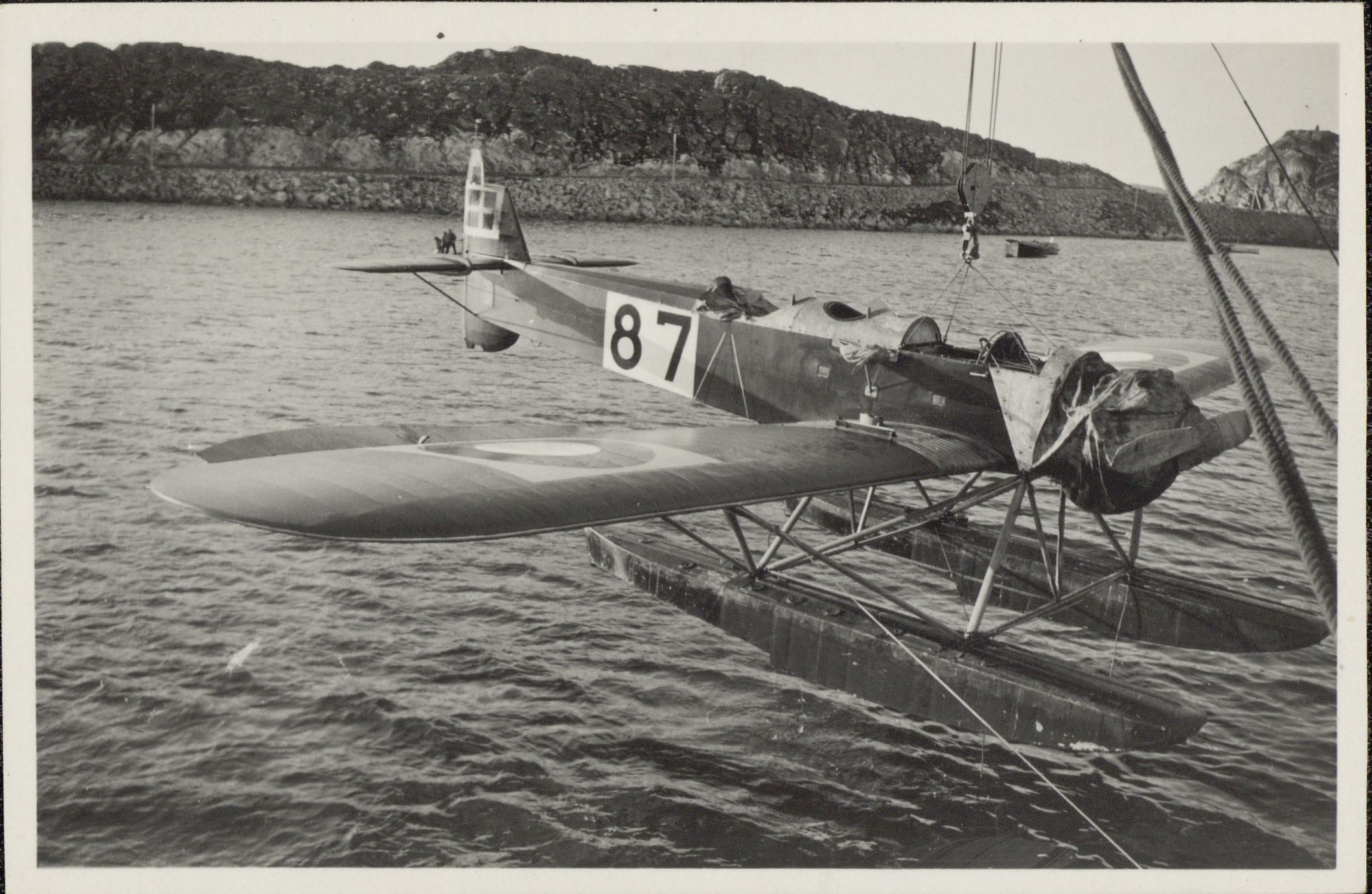
Heinkel seaplane HM 87 being taken on board in Ingolf, Godthåb summer of 1936. Capable of 130 knots, they had an 800nm range. THM-21432
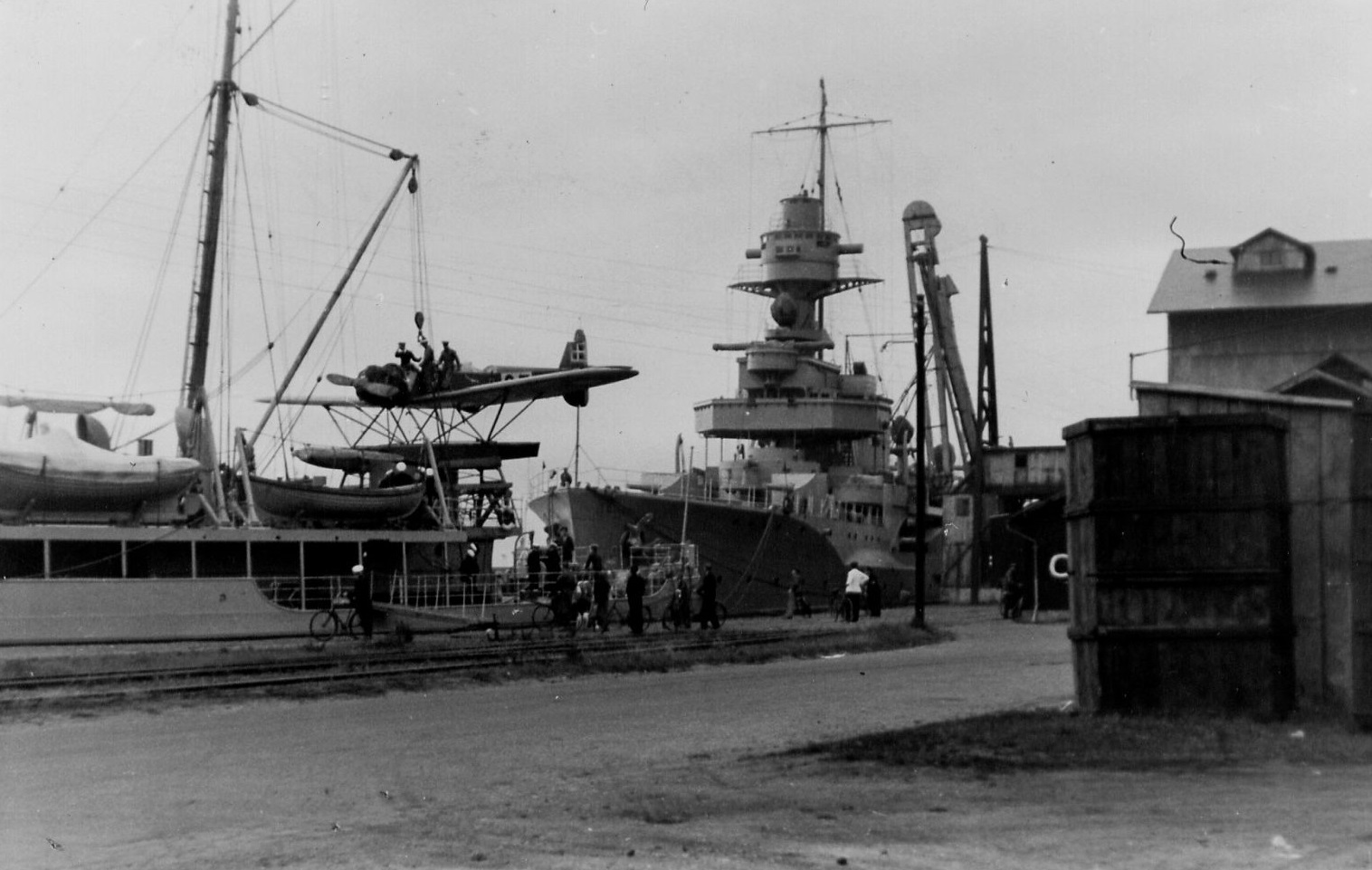
Heinkel HM 87 is taken on board Ingolf in Godthaab ship harbor, August 1936, after photo flights for the Royal Danish Navy’s Chart Archive. To the stern of the gunboat is the 3,800-ton Danish gunnery training cruiser, Niels Juel, with twin 5.9-inch mounts forward. THM-32196
The second, and by far more formidable, floatplane used by the Danes from our subject was the Hawker Dantorp H.B. III, a type made specifically for the Danish Navy in 1933. Powered by an 850 hp Armstrong Siddeley Leopard IIIA air-cooled 14-cylinder twin-row radial engine– the most powerful radial engine in the world at the time– the three-place scout bomber carried a forward firing Vickers machine gun, a flexible Lewis gun for the gunner/radio operator, and up to 1,500 pounds of bombs or a single torpedo.

Dantorp torpedo plane No. 202 during practice on Isefjorden summer 1936. Note her steelfish centerline. They could reportedly stay aloft for an eight-hour patrol, albeit at 100~ knots. THM-21438
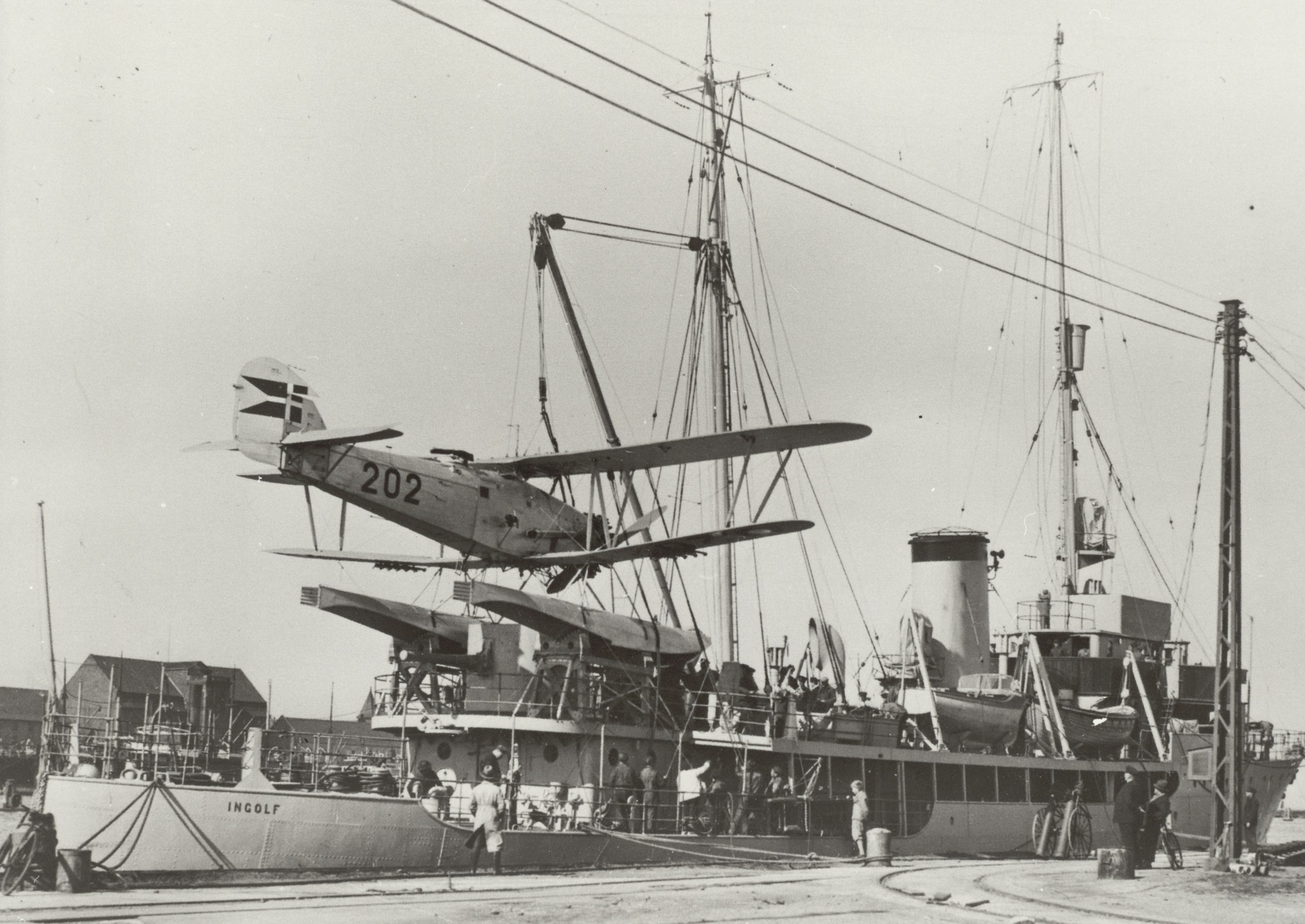
Torpedo plane No. 202 of the Dantorp type on board Ingolf. Talk about a tight squeeze! Note the Dannebrog national flash on the tail of the plane. THM-38091
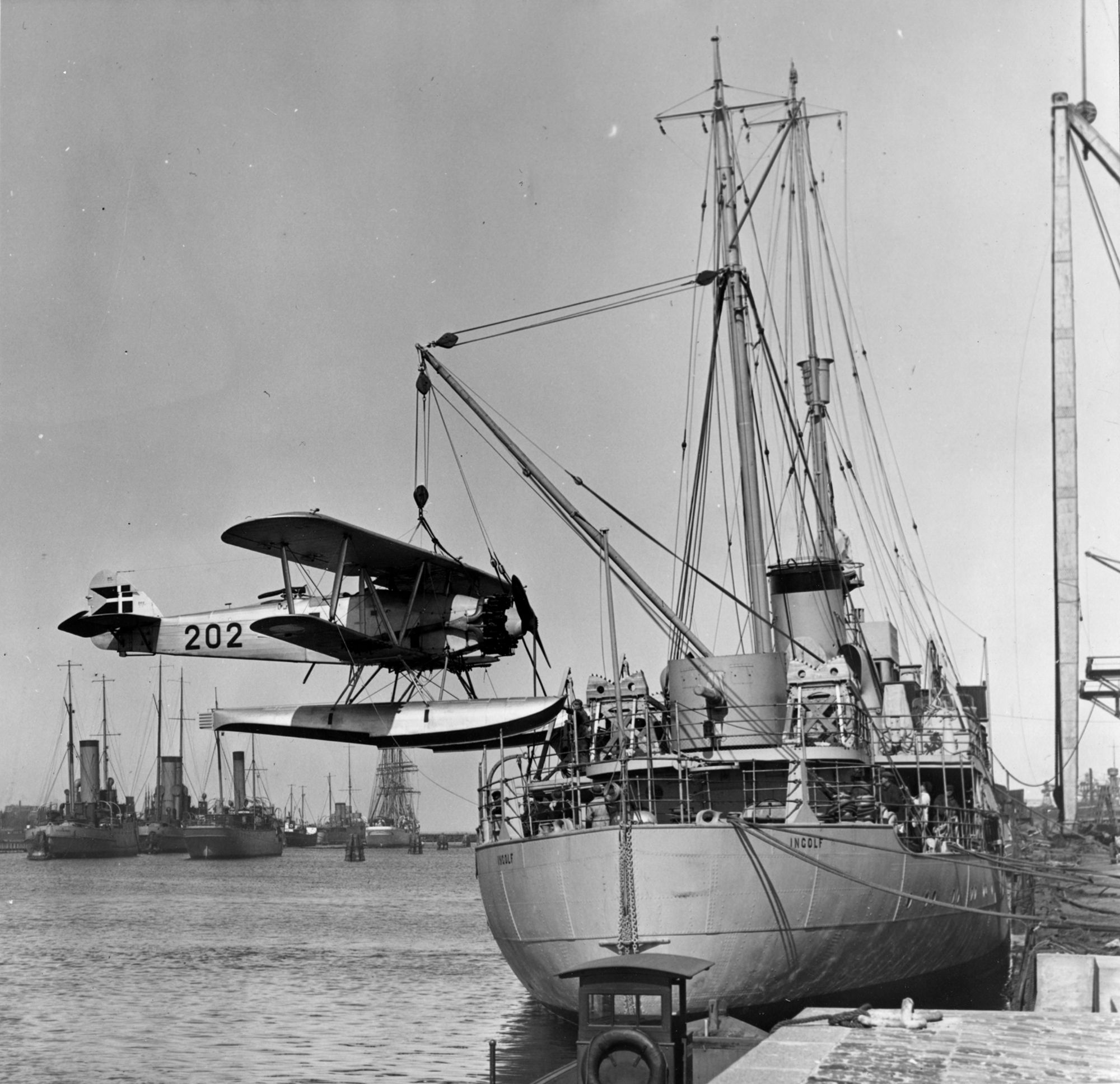
The boom for launching and retrieving the torpedo plane ran off the mainmast. Just two Dantorps were ordered by the Danish Navy, No. 201 and No. 202. THM-3212
War!
Under the command of CDR Christian Vilhelm Evers (Søofficerskolen 1913) WWII began with Ingolf at the disposal of the Danish naval academy and would remain tasked with training cadets, along with her near sister, Hvidbjørnen.

Ingolf shown during WWII, note the Dannebrog painted on her side, a standard practice that Danish ships used in both world wars, used to try at armed neutrality. THM-9122
With the socialist government neutering the Danish forces even before the relatively bloodless German invasion in April 1940.
Ingolf, like much of the Danish fleet, was unable to get off a shot before the government capitulated.
Of course, that didn’t stop extensive Free Danish forces from being formed overseas, most of the Danish merchant marine to sail for the Allies– over 5,000 Danish merchant sailors manned over 800,000 tons of shipping for the Allies, many never to be seen again– and the training ship Danmark, in the U.S. in 1940, to train over 5,000 Americans for while operating for the USCG. Two small Danish Navy fisheries patrol boats, Maagen and Ternen, were in Greenland and would serve the Allies.
While sidelined and fundamentally interned in their own country by the occupying German forces, Ingolf and Hvidbjørnen were one of the few vessels allowed to cruise inside Denmark’s territorial waters as they were still allowed to train cadets. Of course, this was done with empty magazines and near-empty bunkers.
Thus, they were afloat in the Storebælt (Great Belt)– strait between the islands of Zealand and Funen on 29 August 1943 when the Danish Admiralty flashed orders at 0408 to scuttle or make for Sweden. The Germans had begun their Operation Safari to disarm and disband the remnants of the Danish military. However, before they could reach Swedish waters, they were intercepted by the German minesweeper M 413 and torpedo boat T 18.
CDR Evers and his crew tried to sink Ingolf by opening the sea valves and wreck her equipment but were stopped before the job was complete by the Germans who, according to reports, boarded and took hostages from among the cadets.
Meanwhile, Hvidbjørnen was more successful and was wrecked.

The last call on the inspection ship Hvidbjørnen before it was sunk in Storebælt off Korsør on 29 August 1943. The sinking took place in connection with the state of emergency on 29 August, after a German force had boarded the ship. FHM-167260
Limping to nearby Korsor, the Danish crews were interned and the proud Ingolf seized.
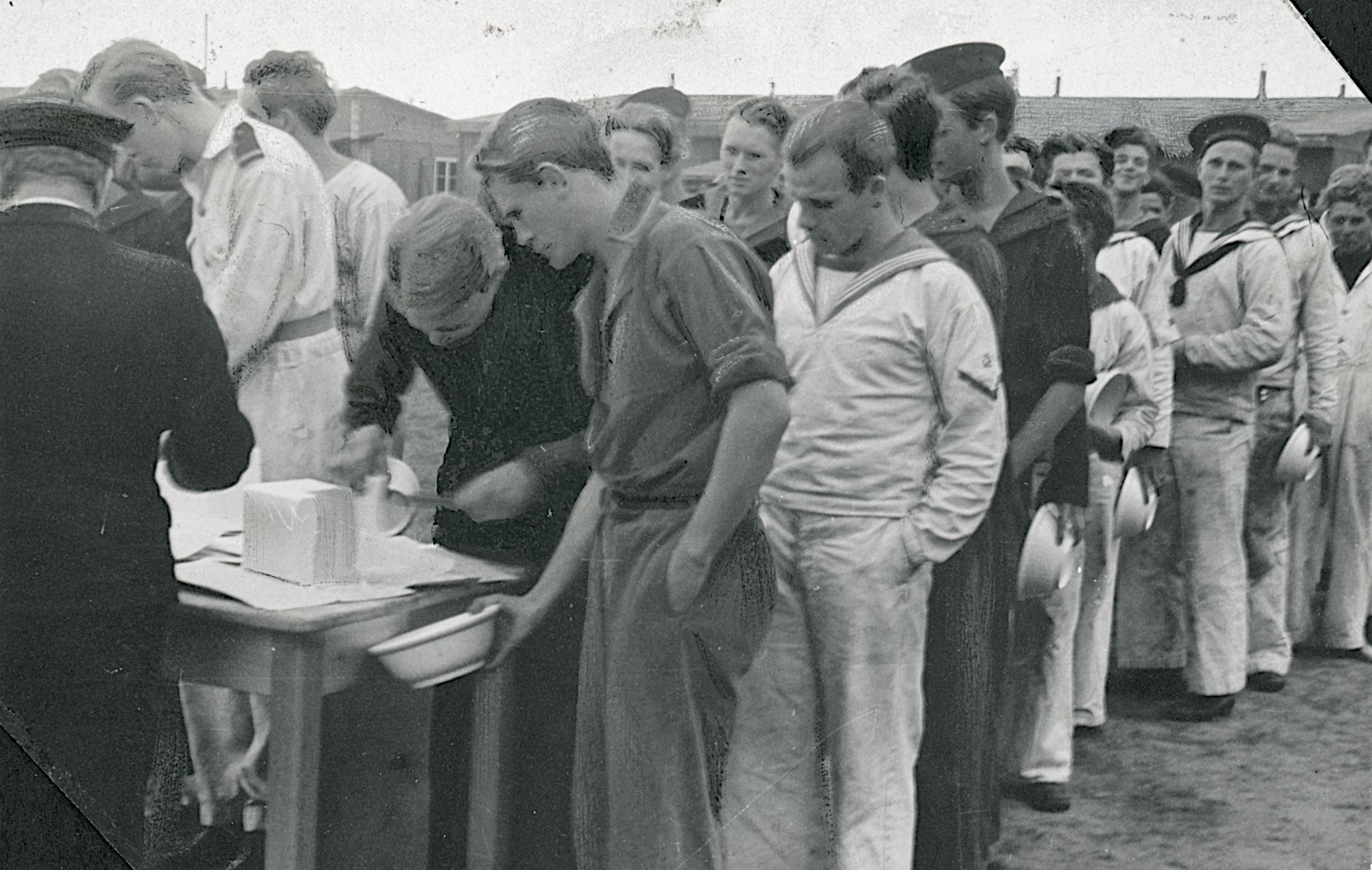
Ice distribution in Tårnborglejeren near Korsør, where the crews from the inspection ships Hvidbjørnen and Ingolf were interned after the Germans declared a state of emergency on 29 August 1943. FHM-174949
When the internment sites were closed in October 1943 the enlisted men were paroled although some officers remained in custody or were deported to Germany. Most of those let go subsequently took to a range of resistance activities.
The Germans renamed Ingolf as Sleipnir, then she was used as a flottentender from January 1943 and later bombed in the last months of the war during Allied air raids in Kiel. Leaking, she was towed out to Heikendorf on the east side of the Kieler Fjord, where she sank.
She was later scrapped post-war.
Epilogue
CDR Evers, who commanded Ingolf from 1934-36 and 1939-43, retired from the Navy in August 1945, sat on the board of several Danish utility companies into the 1960s, and passed in 1967, aged 80. He was buried with full military honors at Holsteinborg cemetery
Post-war, the Royal Danish Navy would recycle the name for a second Inspektionsskibet Ingolfs (F350) which was in commission from 1962 to 1991. A 1,700-ton Hvidbjørnen class OPV armed with depth charges and a 76mm cannon, the little 239-foot vessel had both a hangar and flight deck for, first, a French Alouette III, and later a British Westland Lynx helicopter.
Notably, members of the old crew from the circa 1934 Inspektionsskibet Ingolfs visited the new ship with the same moniker in April 1984, posing with the vessel’s embarked Lynx militærhelikopter, S.181.
Ships are more than steel
and wood
And heart of burning coal,
For those who sail upon
them know
That some ships have a
soul.
If you liked this column, please consider joining the International Naval Research Organization (INRO), Publishers of Warship International
They are possibly one of the best sources of naval study, images, and fellowship you can find. http://www.warship.org/membership.htm
The International Naval Research Organization is a non-profit corporation dedicated to the encouragement of the study of naval vessels and their histories, principally in the era of iron and steel warships (about 1860 to date). Its purpose is to provide information and a means of contact for those interested in warships.
With more than 50 years of scholarship, Warship International, the written tome of the INRO has published hundreds of articles, most of which are unique in their sweep and subject.
PRINT still has its place. If you LOVE warships you should belong.
I’m a member, so should you be!
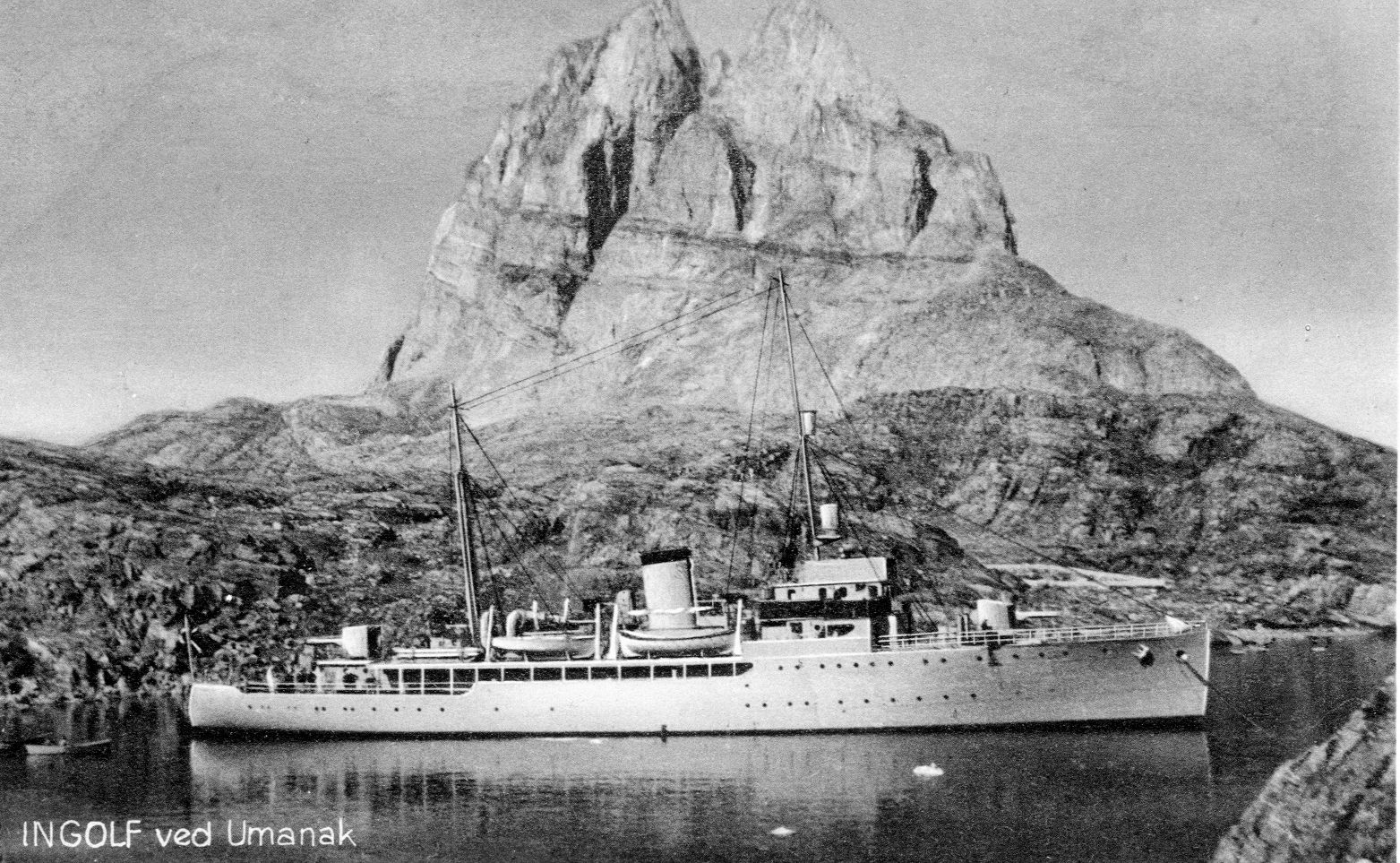

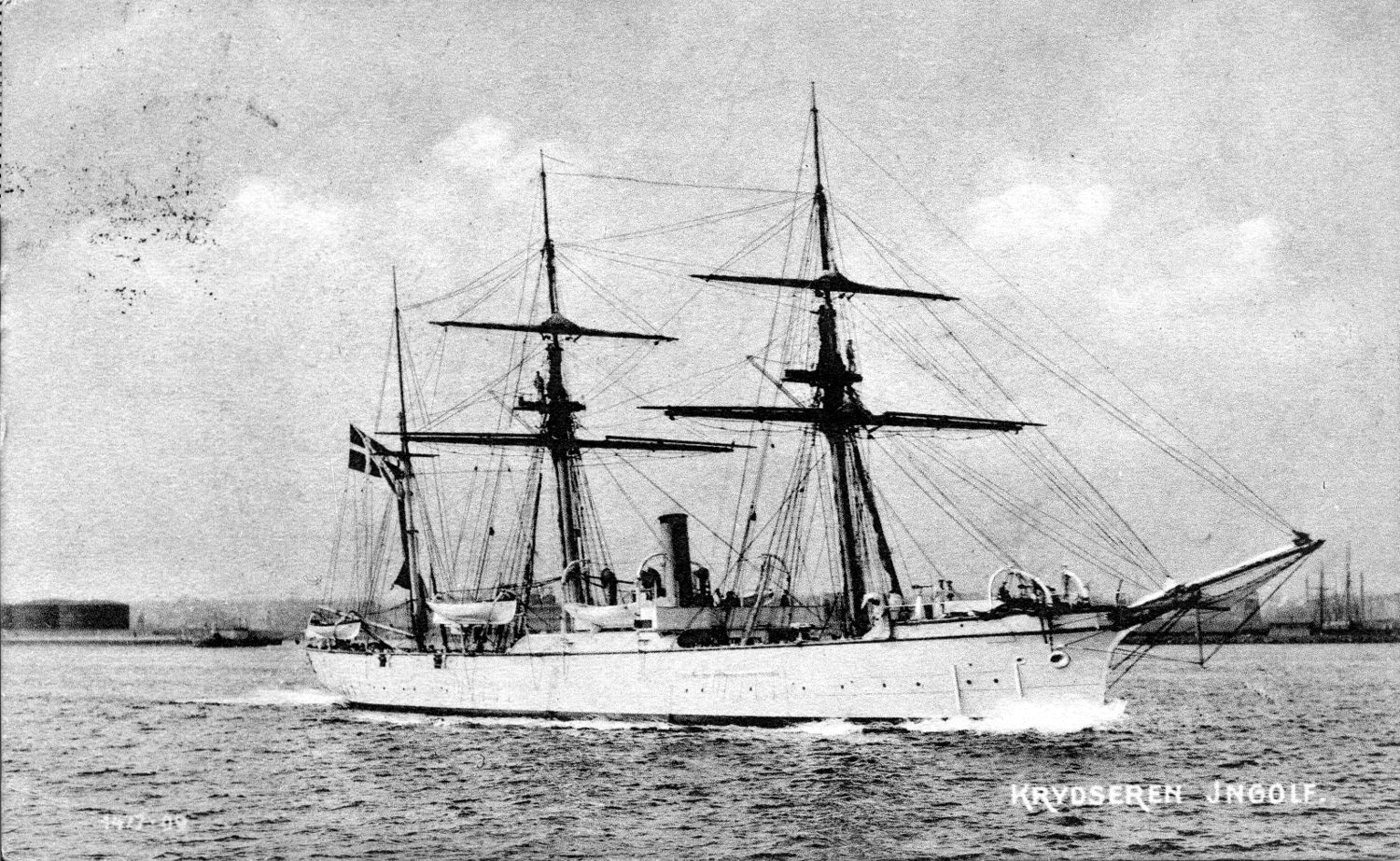
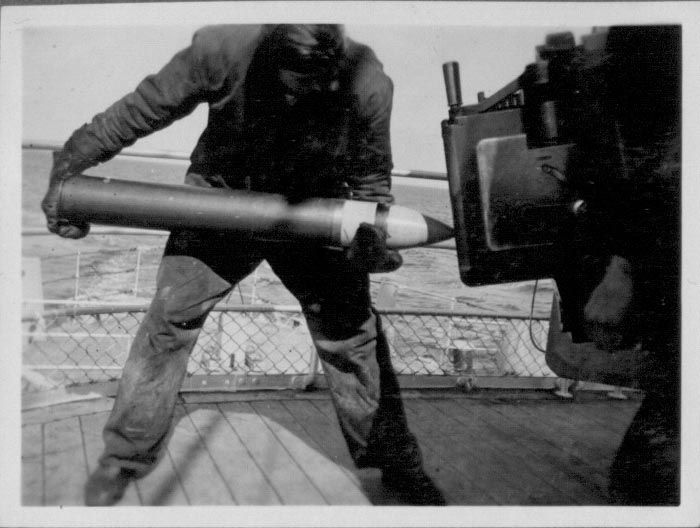
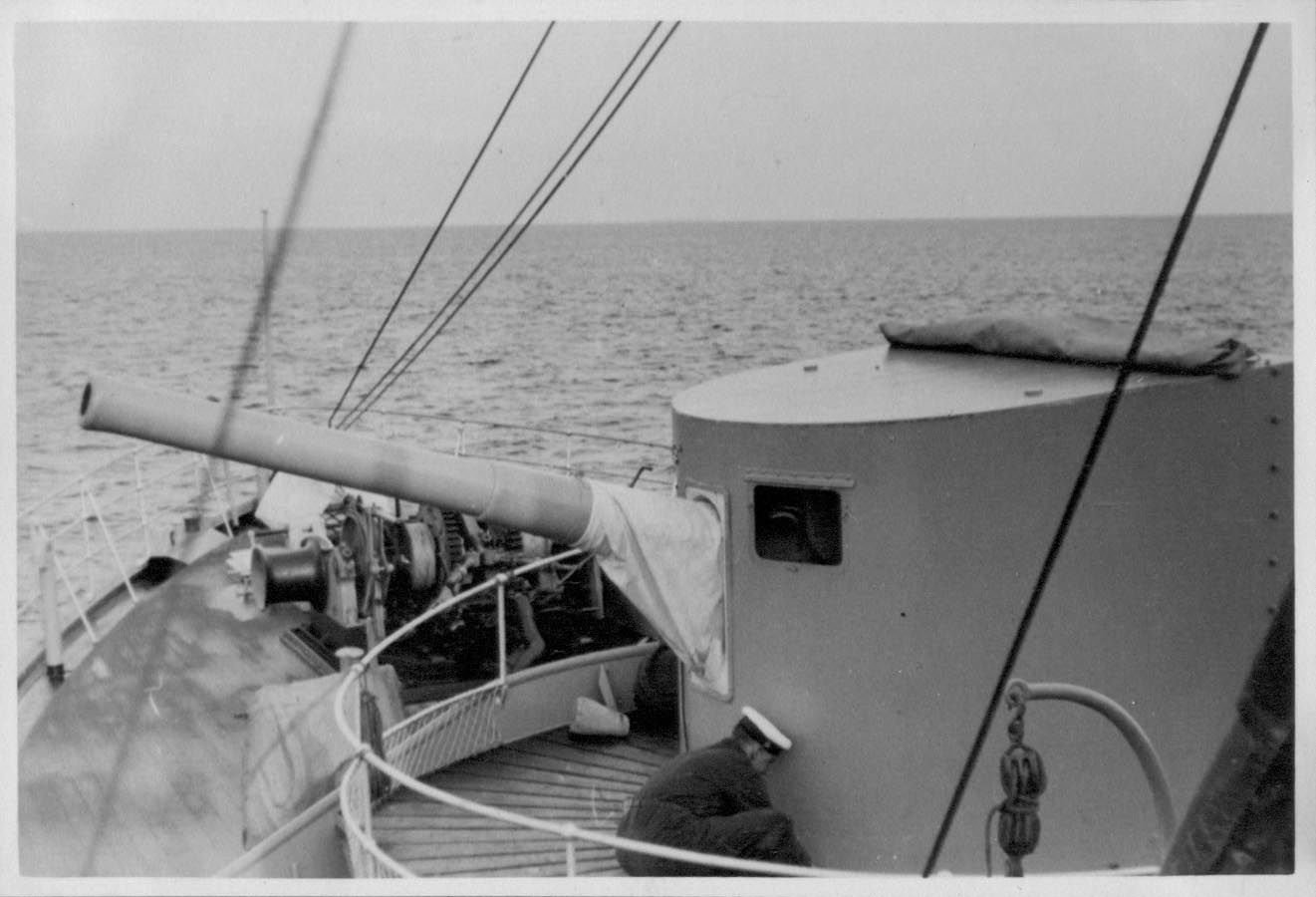
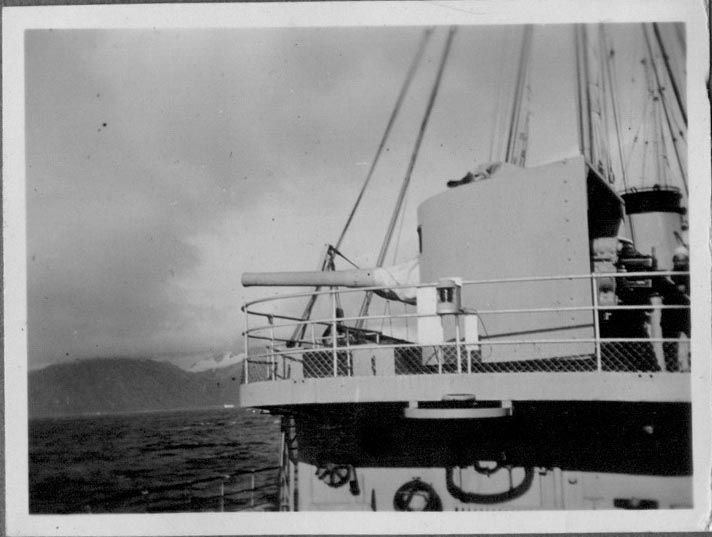




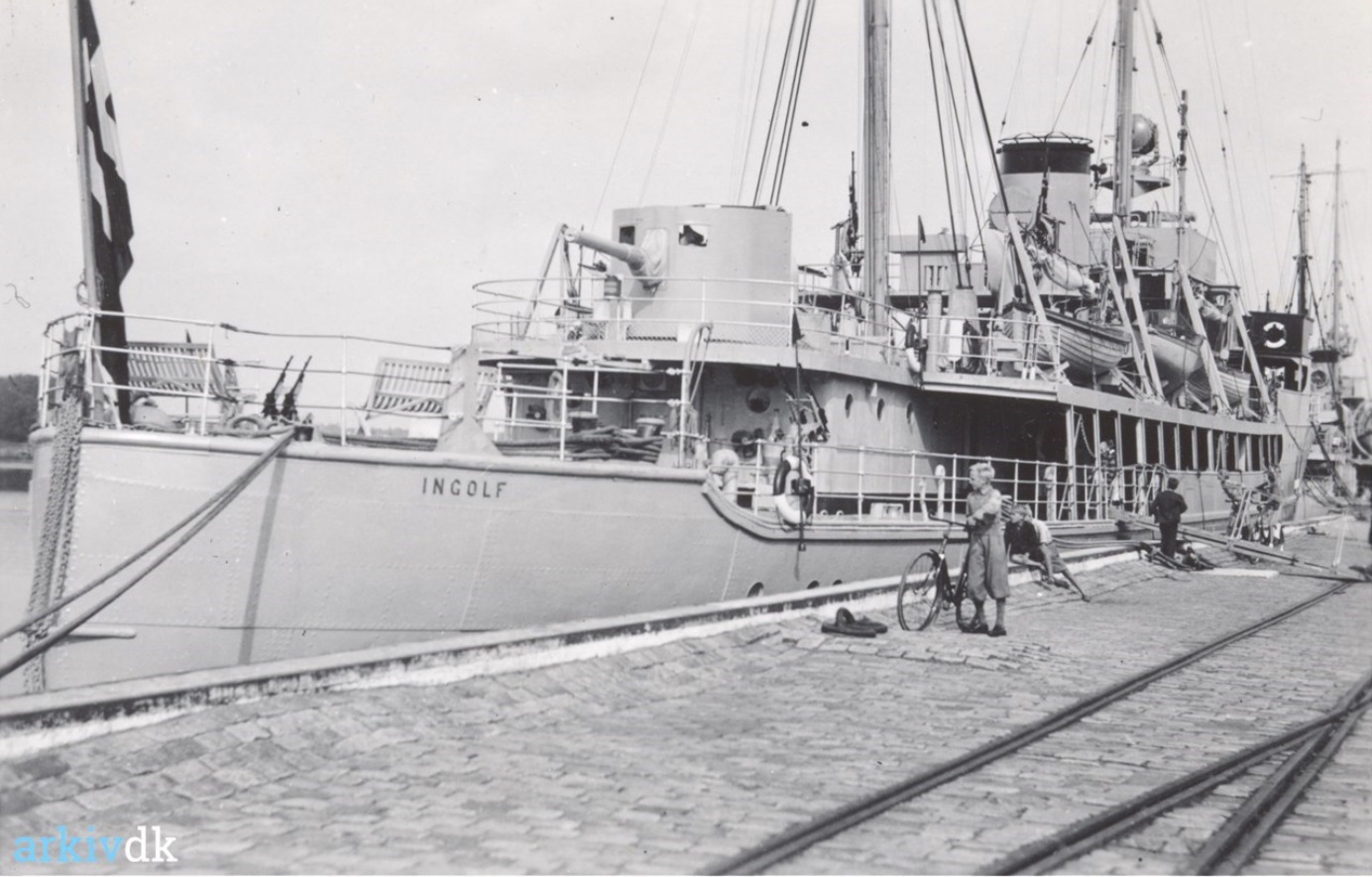




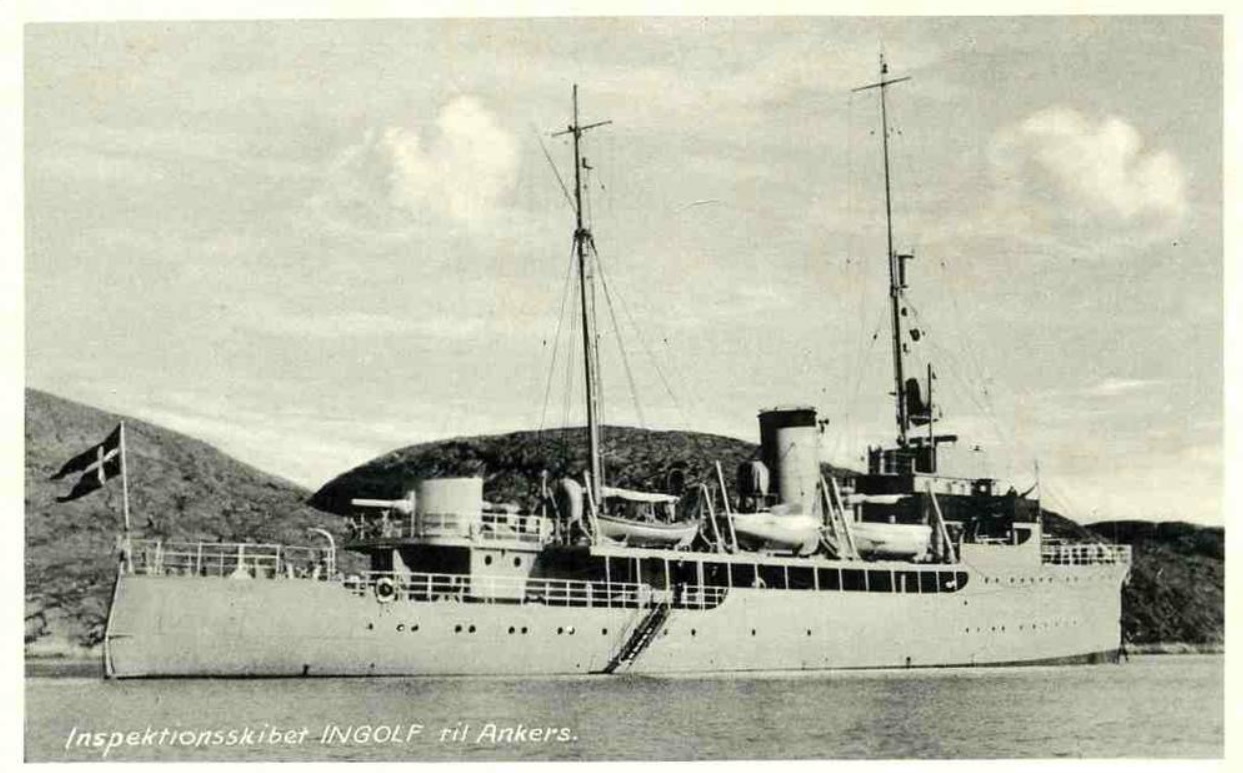
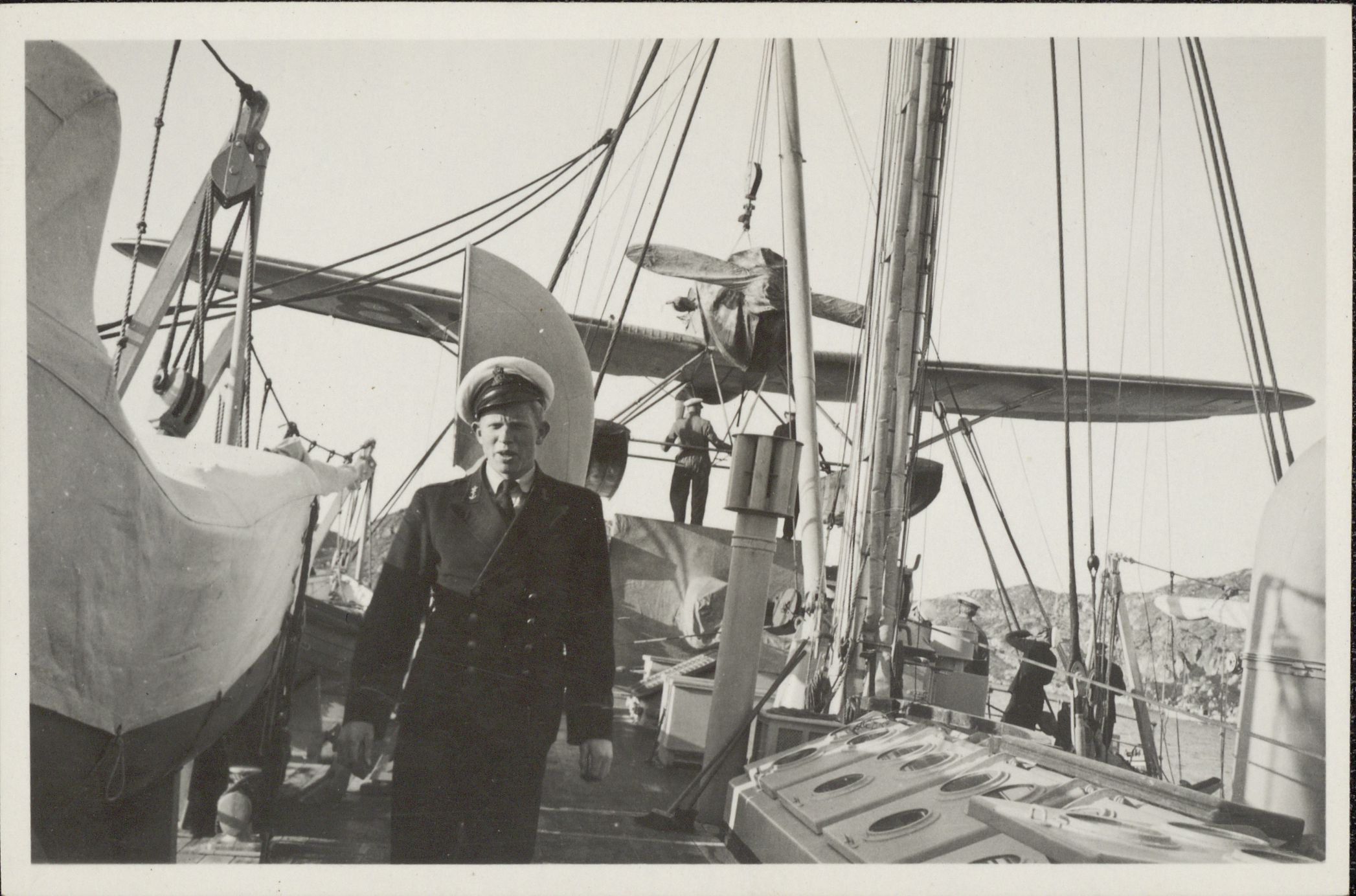
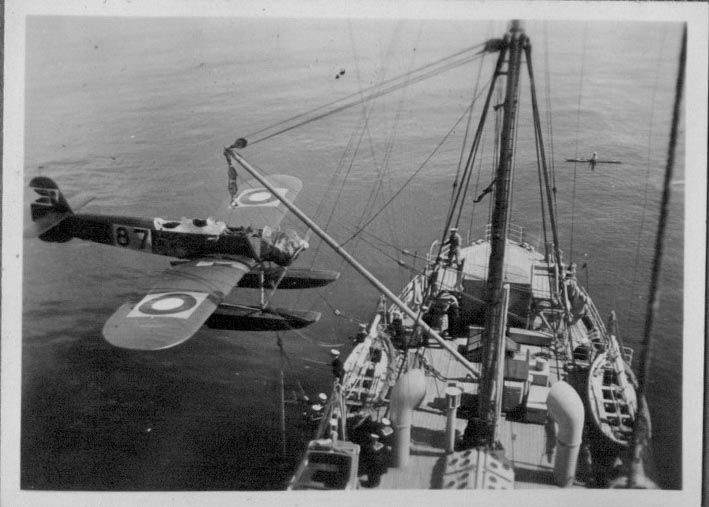





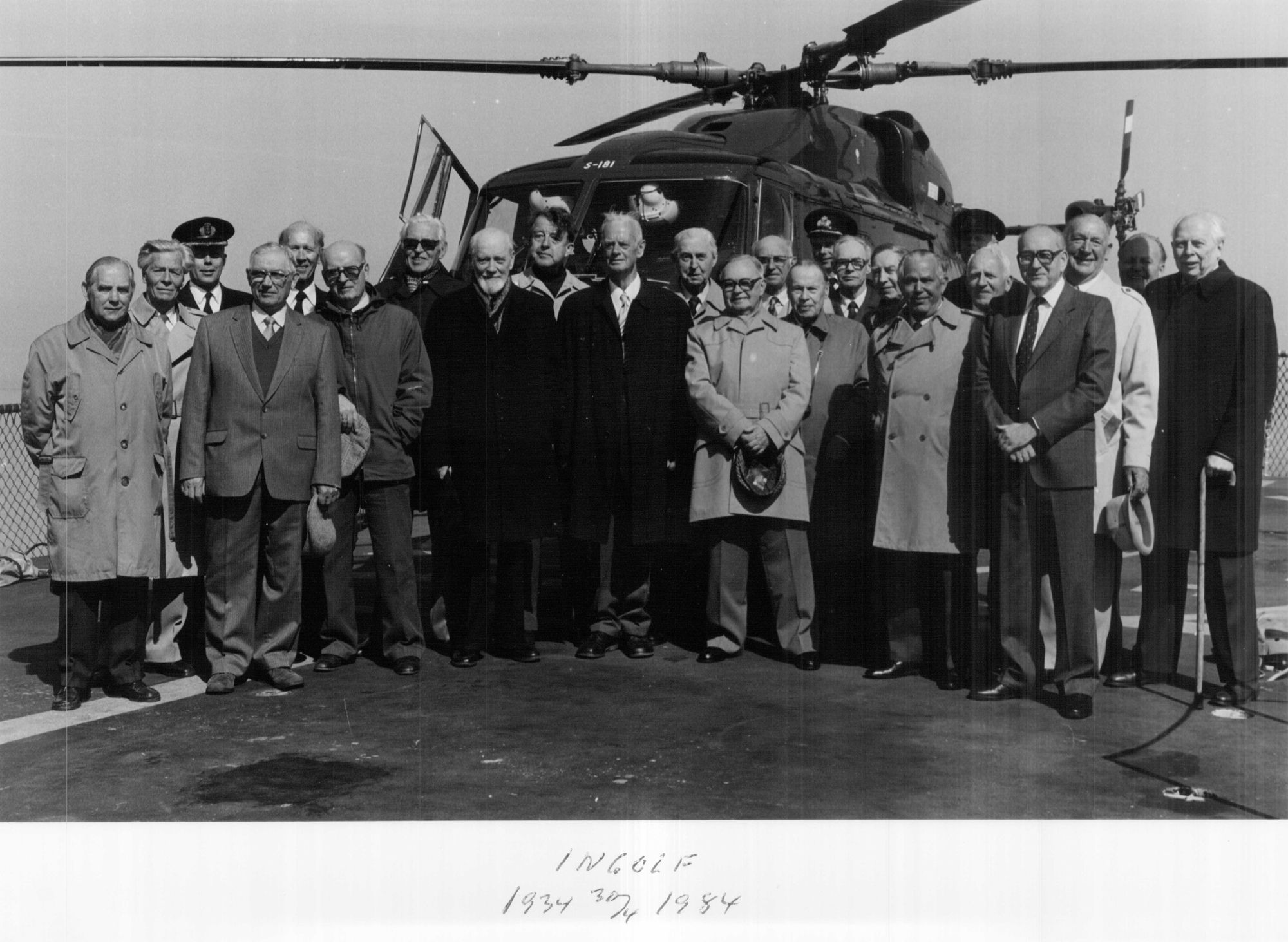
As always you do a wonderful job with the ship’s history and pictures.
Thanks for the kind words, my friend!